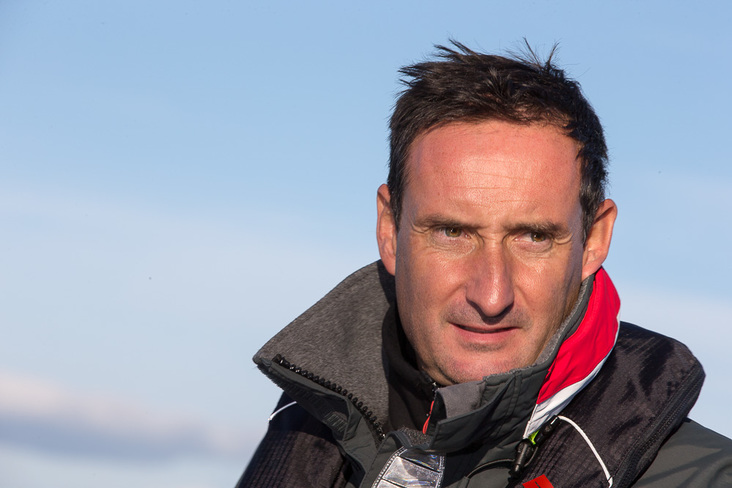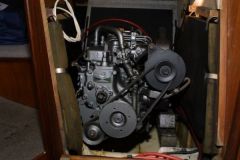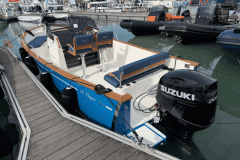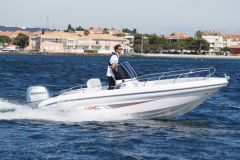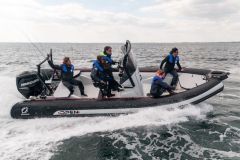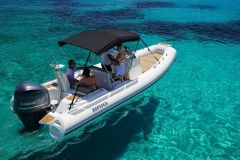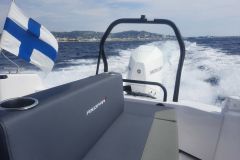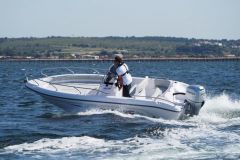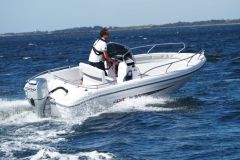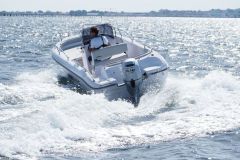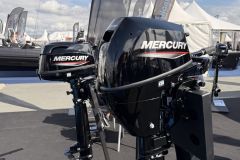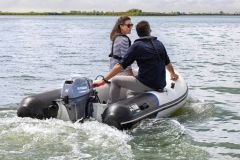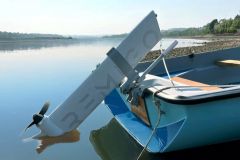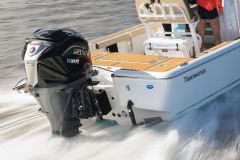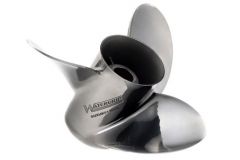Do the characteristics of the RIB influence the choice of the engine?
As an example, Suzuki has modified its 100 hp: originally, the 1OOA was built on a 2000 cm3 displacement, an engine base that is also available up to 140 hp. This displacement has been modified on the new 100B which is on a 1500 cc base, the same as the 70 hp. Obviously the 100B is lighter than the 100A, better suited for a light boat like a RIB.
The rule of art for choosing the power on a boat, also valid for RIBs, is to take the maximum authorized power and to remove 10%. This gives the so-called optimum power of the boat.
Less weight on the stern means that the boat has less tendency to fall back on the stern when passing through waves, it will sail flatter, it will be less sensitive to porpoising, and it will be possible to use more trim without it pitching up. The weight of the engine will affect the center of gravity of the boat. Less heavy, the center of gravity will be more on the front, which will be better for all the lifting.
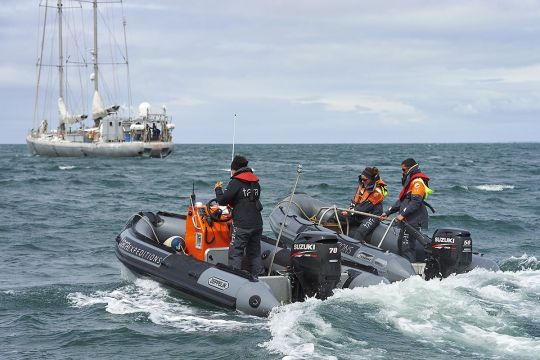
Is the torque less important for a semi-rigid, lighter than a rigid hull?
On inflatable boats, the torque will be used more by professionals who tend to load their boats heavily. In pleasure boating, it is better to choose a light but powerful engine than to prefer torque. With Suzuki, the Offset system allows for large reduction ratios, so even with a small-displacement engine, you can choose propellers with a large diameter and pitch. These propellers favour the lift off and allow water skiing even with a small displacement.
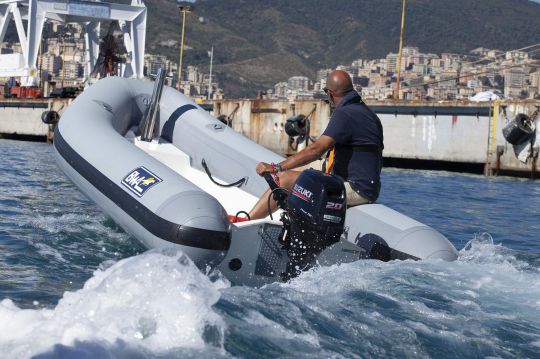
Is the engine mounting specific to a RIB?
No, it will be the same on all powerboats. The basic assembly is to align the anti-cavitation plate with the hull bottom. But it all depends on the hull. If you have a shallow V to the stern, you may have to mount the engine 2 cm above it. The trim must remain effective. If you raise it too high, you lose it.
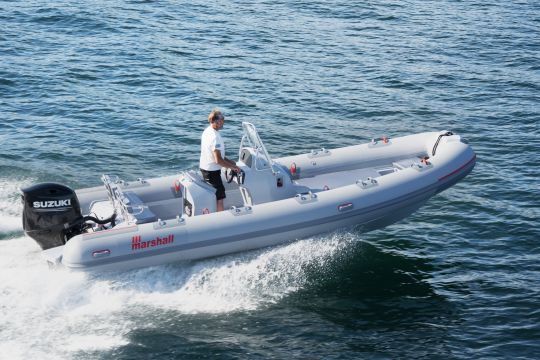
Should I choose a twin-engine solution rather than a single-engine one?
Today, the power of outboards is increasing. On boats that could support, for example, 2 x 150 hp, we now prefer 1 x 300 hp. In fact, twin engines have few advantages: they are more expensive to buy and maintain, they consume more fuel and, above all, 2 engines are heavier than one, especially when you take into account the additional equipment such as batteries and fuel. On the other hand, it offers a better acceleration and especially a safety if one of the 2 stops.
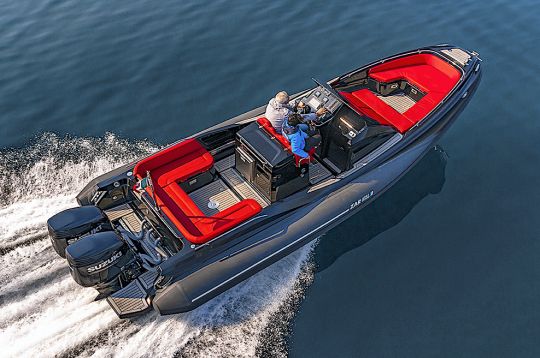
It is precisely this safety that pushes us to propose a dual engine for boats that sail offshore, far from the coast. Otherwise, we prefer single-engine boats. Especially since the reliability of outboards is no longer a matter of debate.

 /
/ 